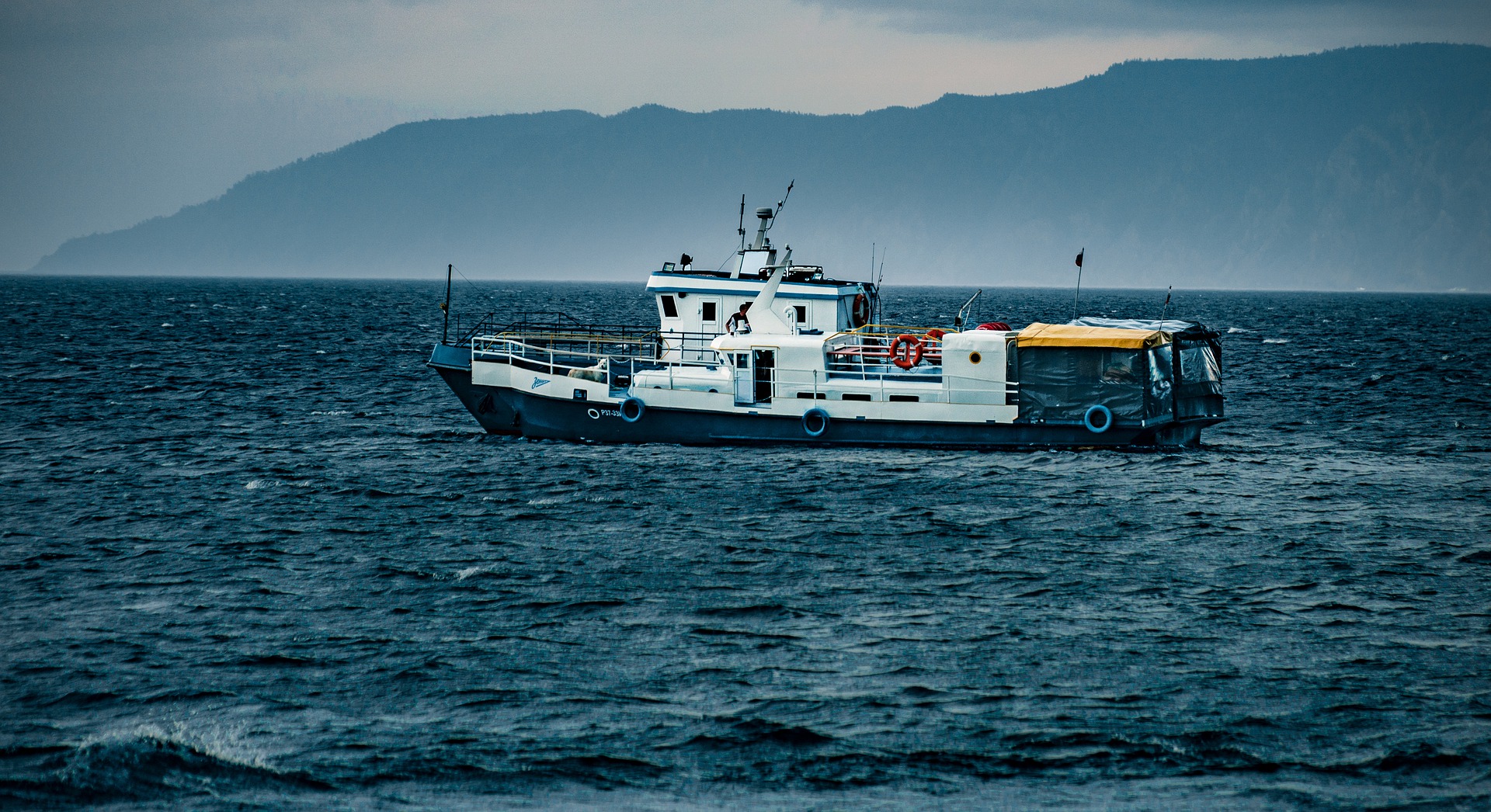
Too many mariners die from fires or man-overboard situations because they cannot easily be located at the time of the accident. In Europe during 2019 alone, 60 people died aboard commercial ships. At lot of these casualties could be prevented says Ronny Bakke, CEO and founder at Dimeq (Bramanger, Norway):
“Everything is manual,” says Bakke. “Millions or billions of dollars are spent building these vessels and they still use manual processing to register people.”
In response to this issue, Dimeq has developed an IoT wearable bracelet named the EYE-D that tracks crew members within boats and offshore structures, precisely locating them during an emergency situation. By localizing crew in case of accidents at sea, it has the potential to save lives. It can monitor crew members on board in real time – If a fire erupts in a room within a ship’s hull, for instance, the EYE-D will sense when crew have vacated the area, allowing for the otherwise-toxic Co2 fire extinguisher to do its job.
“If everything goes to hell, this is going to be working no matter what”
Ronny Bakke – CEO and Founder at Dimeq
The EYE-D contains a microchip that responds to a magnetic field generated by onboard sensors to monitor movement – similar to security sensors at the entrance of clothing stores. Located throughout the ship, the sensors create a network that track the positioning of crew members using a mixture of Bluetooth Low Energy (BLE), very low frequency (VLF), and ultra-wideband radio frequencies. The sensors are small and plug directly into power sockets, feeding off of the existing power line communication (PLC) systems within the vessel. PLC is a hybrid of electrical and broadband communication – just like an Ethernet cable at home – and is, therefore, very stable.

During a man-overboard emergency, it is most important to be able to react as quickly as possible. In the North Atlantic, where ocean temperatures are around five degrees Celsius, a fallen crew member can become unconscious in as little as 15 minutes. The EYE-D will know right away that the crew member will have passed beyond the magnetic field created by the sensors and will notify officers who can signal for help. In this respect, the various signals act as a safeguard for each other – backing up less reliable networks like GPS and BLE with the more reliable VLF and ultra-wideband frequencies.
“If everything goes to hell, this is going to be working no matter what,” says Bakke.
Combating Human Error
Previously a chief geophysical technician, Bakke, 42, comes from four generations of mariners and fishermen in Norway. His father and co-founder at Dimeq, Audun Viktor Bakke, was a sea-captain for over 14 years. The two were discussing the problems in their industry over a glass of wine and landed on this simple solution:
“My background comes from 12 years of seismic offshore work. Of all the accidents that happen, 99 percent are human related,” explains Bakke. “The only thing you have to do with EYE-D is not take it off.”
Dimeq has been targeting fishing vessels and offshore installations as customers. Generally, these are 100 gross-tonne ships with crews of five to ten people. However, the flexibility of their technology means it can be used for vessels of any size – even cruise ships.
More Than Just Safety
“That is a different level of beast,” says Bakke on the prospect of entering the market of giant cruise ships.
Nevertheless, that is Dimeq’s next frontier, where the EYE-D wristband would become a passenger’s digital key, payment processor, and safety monitor. On their own, many of these are not new technologies but combining them with the safety functionalities proprietary to the EYE-D would be something novel. And though it is GDPR-compliant – that is, users are anonymous outside of emergency situations – introducing a device that seemingly tracks the movement of passengers is challenging.
“You have to introduce it in a way that people will accept it,” says Bakke.
Or seize on a particular moment in time: One of the other functionalities of the EYE-D is that it can act as an automatic contact tracer, recording who has been in close contact with one another for longer periods of time. This means if Covid-19 – or another similar illness – were to break out on a ship, the EYE-D can, at least, track who might have come into contact with it.
First Instillations
While they continue to look for a pilot project to test on cruise ships, Dimeq will be installing technology for their first customer in late 2021. It is currently in the last stage of development and will be ready for market by the first quarter of 2022 at the latest.
Read about how algorithms are helping to save people at sea








